How Long Does It Take to Repaint Kitchen Cabinets?
Repainting kitchen cabinets is a popular DIY project that breathes new life into your kitchen without the expense of a full remodel. While it’s an excellent way to refresh your space, the time required to complete the task depends on several factors.
The number of cabinets, their condition, paint type, level of detail, and your experience all influence the timeline. In this guide, we’ll break down these factors and provide a realistic estimate to help you repaint kitchen cabinets efficiently.
Table of Contents
Factors Affecting Painting Time
Number of Cabinets
The size of your kitchen plays a major role in determining how long it takes to repaint cabinets.
- Small Kitchens: Repainting 10–15 cabinets may take 2–4 days.
- Medium Kitchens: With 20–30 cabinets, expect 4–6 days.
- Large Kitchens: Painting 30+ cabinets can take over a week, depending on their size and design.
More cabinets mean more time spent on cleaning, sanding, priming, and painting, so adjust your expectations accordingly.
Also read: How Long Do Kitchen Cabinets Last?
Cabinet Condition
The condition of your cabinets can significantly impact prep time.
- Well-Maintained Cabinets: Minimal cleaning and sanding save time, allowing you to start painting sooner.
- Damaged Cabinets: Peeling paint, cracks, or dents add extra hours for repairs, such as filling gaps, sanding, and smoothing surfaces.
Always factor in time for thorough preparation to ensure a smooth and long-lasting finish.
Paint Type
Your choice of paint affects both application and drying times.
- Latex Paint: Dries faster, with 2–4 hours needed between coats.
- Oil-Based Paint: Offers a durable finish but requires 6–8 hours of drying time between coats.
Applying two coats of paint is standard, so the drying time alone can span a day or more. High-quality paint often requires fewer coats, which can save time.
Painter’s Experience
Your skill level greatly influences how efficiently you can complete the project.
- Experienced Painters: They work faster, averaging 1–2 hours per cabinet for painting.
- Beginners: May take longer to ensure even coverage, especially when dealing with intricate details or tricky corners.
If you’re new to painting, allow extra time to practice techniques and avoid rushing through the process.
Level of Detail
The design of your cabinets also affects painting time.
- Simple Designs: Flat-panel cabinets without carvings or trim are quicker to sand, prime, and paint.
- Intricate Designs: Ornate details or molding require more time for precise painting, as well as smaller brushes to reach tight spaces.
Simpler designs reduce the overall painting time significantly.
General Timeline to Repaint Kitchen Cabinet
Breaking the project into stages helps manage expectations and stay on track.
- Preparation (2–4 hours per cabinet): Clean, sand, and prime the surfaces. For damaged cabinets, allocate more time for repairs.
- Painting (1–2 hours per coat, per cabinet): Apply two coats, allowing drying time between them.
- Drying Time (24–48 hours): Let the cabinets cure completely before reattaching doors and hardware.
For a medium-sized kitchen, expect 5–7 days for the entire project, including drying time.
Tips for Speeding Up the Process
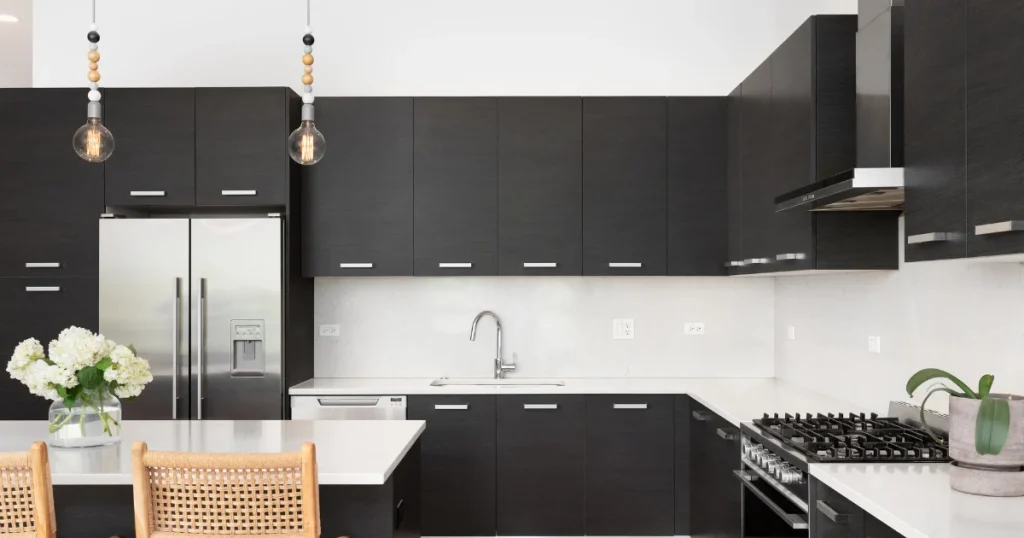
Efficient Prep Work
- Use a paint stripper to remove old paint quickly.
- Opt for a power sander to speed up sanding.
Proper Ventilation
- Ensure good airflow with open windows or exhaust fans.
- Use fans to help paint dry faster.
Quality Paint and Tools
- High-quality paint reduces the number of coats needed.
- Premium brushes and rollers ensure smoother application and save time.
Professional Help
- If time is a concern, consider hiring a professional painter. They can complete the project more efficiently and with precision.
Conclusion
Repainting kitchen cabinets can take anywhere from a few days to over a week, depending on the number of cabinets, their condition, and the level of detail involved. Proper preparation, high-quality materials, and careful planning are key to achieving beautiful and lasting results.
While it’s tempting to rush the process, prioritizing quality over speed ensures a professional-looking finish that transforms your kitchen and stands the test of time.
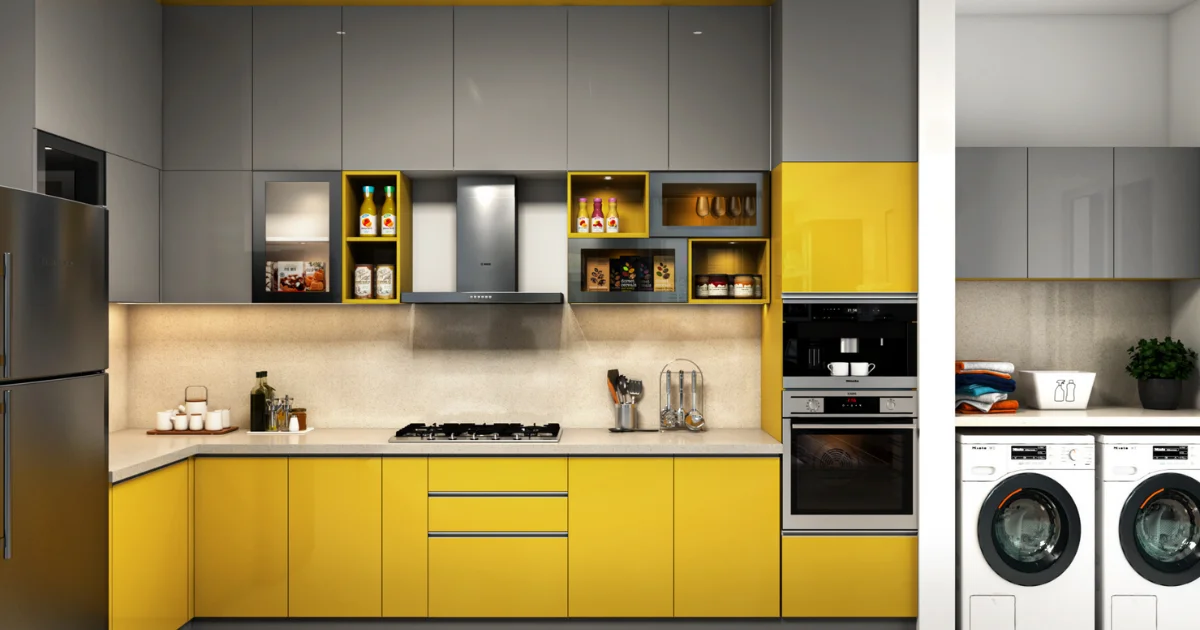
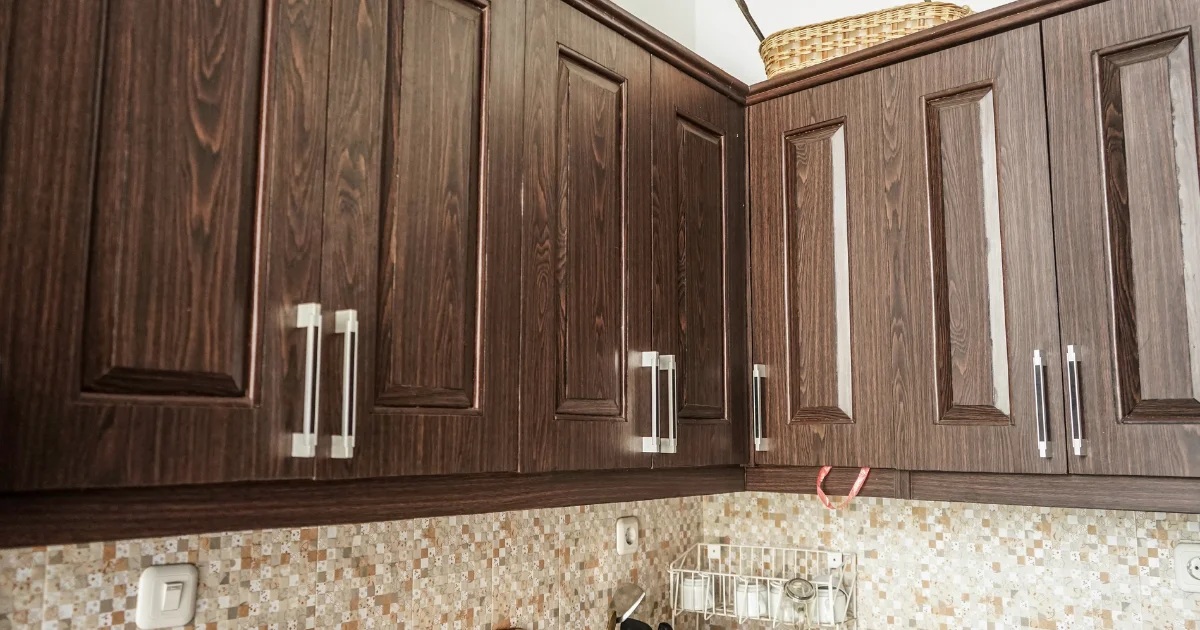
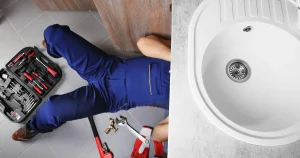
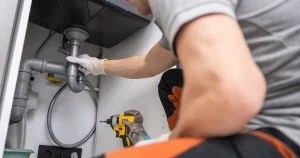
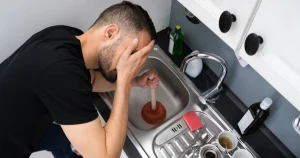
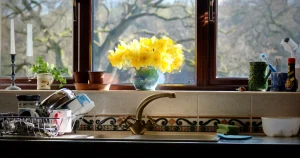
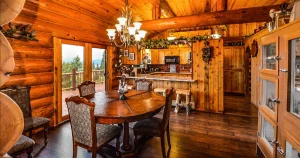
Post Comment